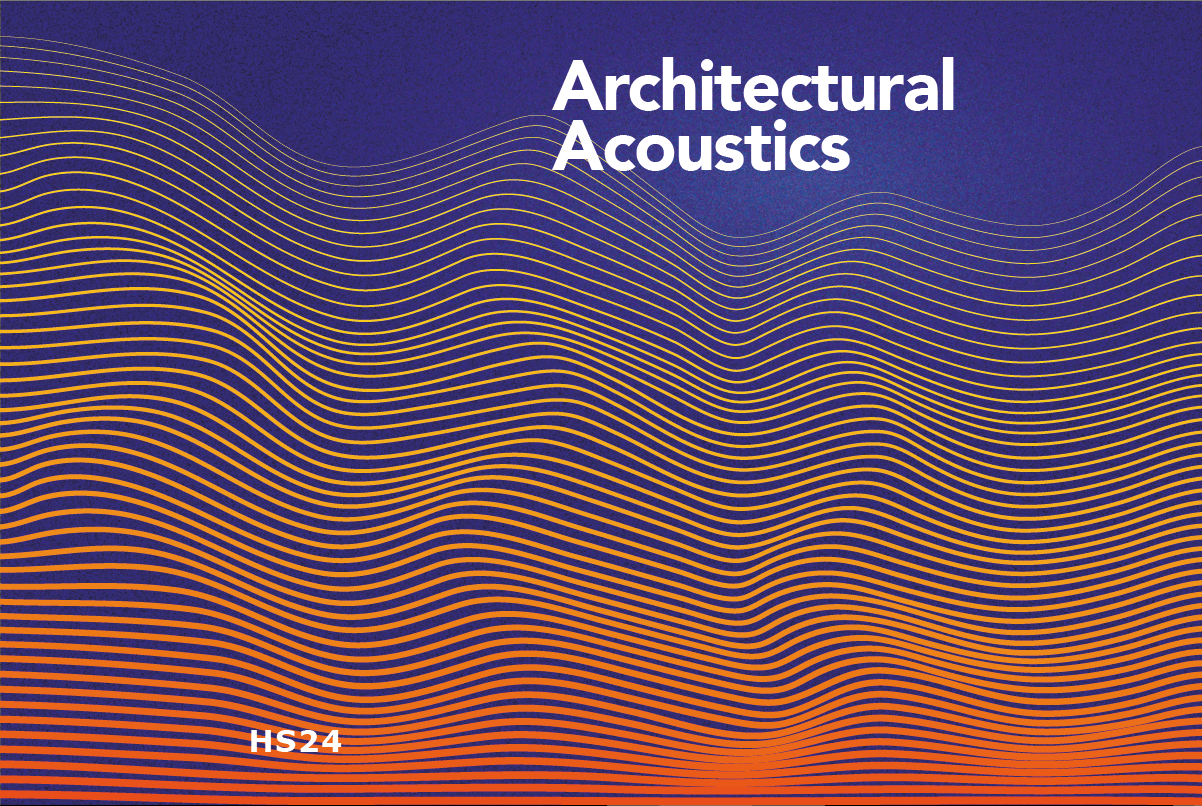The course examines room acoustics and its applications in architecture and design. It introduces physiological and psychoacoustics by exploring audible space impressions in daily life and our ability to perceive and localise sounds. It provides the theoretical background on how sound propagates in space and interacts with surfaces by looking closely into reflection, absorption, and diffusion. It demonstrates basic mathematical and physics concepts such as decibels and reverberation time through practical examples and hands-on exercises. The course examines how headphones and loudspeaker systems made electroacoustics and their application in room acoustics simulation and auralisation, a tool for acoustic design in architecture. It provides the software and hardware tools to measure and analyse the acoustics of existing spaces. It demonstrates acoustic simulation tools for designing and predicting the acoustics of digitally designed spaces.
Lectures by guest speakers round up the content and broaden the focus outside the box. Finally, the course concludes with a short semester thesis, allowing students to apply their acquired knowledge to a small design project.
The course format is a 1-hour lecture and a 2-hour hands-on exercise session

